Symptoms of Varicose Vein
Are your legs all right? Many people understand Varicose Vein as the disease where the veins on the legs are protruding unevenly.
However, close attention is required, because there are many cases of ‘Latent Varicose Vein’, where the veins do not protrude, and it is not possible to be checked visibly.
There are cases of varicose vein without the symptoms of the veins showing or protruding.
-
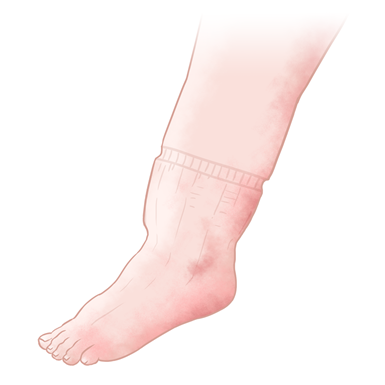
Edema
Legs are swollen easily from walking or standing up, and the legs are fine in the morning, but are swollen seriously in the afternoon.
-
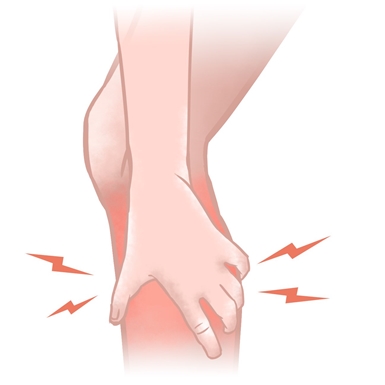
Numbness
The legs suddenly become numb when lying down for sleep at night, or when sleeping. There is also unknown numbness even in everyday life.
-
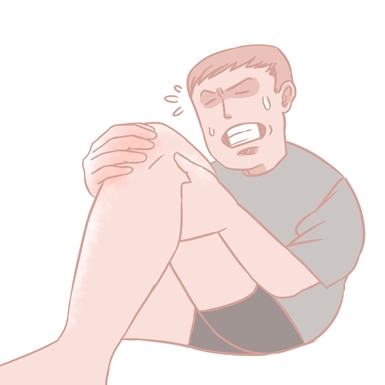
Cramp
There are cramps on the legs such as the calves during the sleep, and frequent cramps on the legs even in everyday life.
-
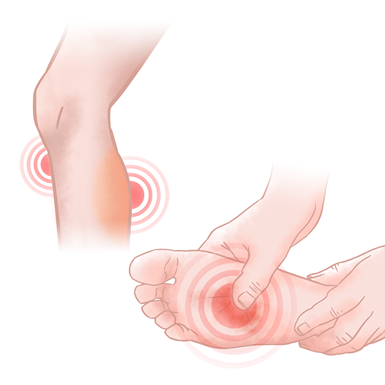
Leg/Plantar Pain
There is unknown pain on the legs such as the calves and thighs, and continuous pain from the cramps. Also, there is continuous pain on the plantar even though it is not plantar fasciitis.
-

Heavy Legs/Fatigue
The legs easily get heavy even when moving slightly more than usual, and there is a chronic fatigue on the legs.
-

Spasm
There are frequent spasms on the legs with the feeling of the muscles shaking on the calves and thighs.
-
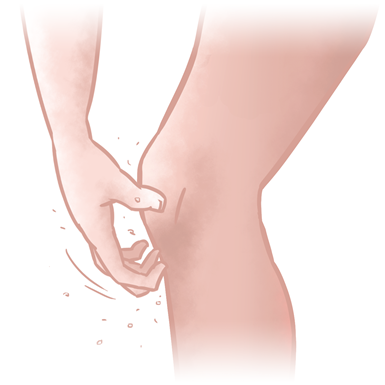
Itchiness
Legs are itchy continuously for unknown reasons.
-
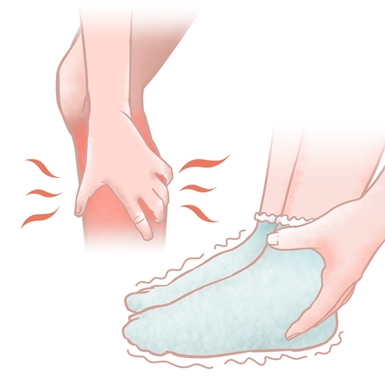
Hot/Cold Hand/Feet Syndrome
There is a hot feeling on the legs such as on the calves. There is a pain and cold feeling on the legs even in the summer, as if there is a problem on blood circulation on the legs.
"The legs feel numb, as if having a cramp" "There is pain and coldness on the feet" "It feels as if a bug is climbing up my leg" "There are cramps on the legs, and feel heavy" "Veins are uneven and protruding" "Legs get swollen easily" "There is a pain on the sole of the feet" "Legs get hot"
When there is the backflow of venous blood, veins get thicker, uneven, and look as if the veins are protruding on the skin.
However, there are many cases of ‘latent varicose vein’, in which there are no visible symptoms, but with serious symptoms of edema, numbness and pain.
Cause of Varicose Vein
Varicose vein can occur through various causes including heredity, female hormone, occupation of standing or sitting for long period of time, habit of sitting with the legs crossed, wearing skinny jeans or corset, obesity, constipation, pregnancy, trauma and aging of the veins (Age 40 or more). Also, it can occur from unknown causes.
Primary Varicose Vein
Varicose vein may occur from one cause, but in most cases, it can occur through multiple causes.
Among them, primary varicose vein is one of the frequent varicose veins.
-
Gender
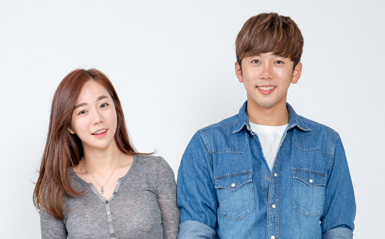
Female hormones are the causes of extending the vein walls and valves, so the occurrence rate is higher in women than in men. (Female 60%, Male 40%)
-
Pregnancy

Veins are expanded during pregnancy due to a change in hormones and an increase in blood amount within the body, and the expanded uterus will put pressure on the veins. Most of the symptoms are improved within 3 months from childbirth, but there are many cases where the symptoms do not improve.
-
Heredity
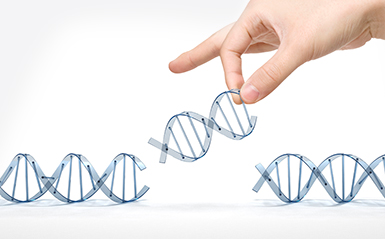
The occurrence rate is high on those with genetic factors of congenital abnormality of the valves, or vulnerability on the vein walls.
-
Administration of Contraceptive Pills and Hormone Drugs

Female hormones can extend the vein walls and valves, and varicose vein can occur from taking contraceptive pills for long period of time.
-
Obesity
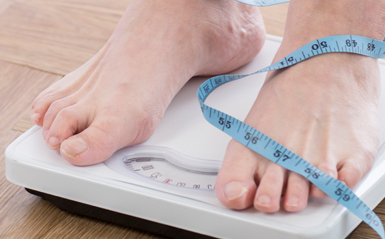
The abdominal pressure is increased to enhance the occurrence rate of varicose vein.
-
Age
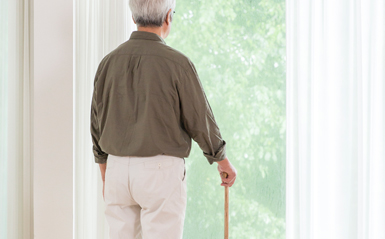
Vein valves are aged as we age to also enhance the occurrence rate of varicose vein.
-
Lack of Exercise

The calf muscles that are weakened from a lack of exercise inhibit the calves from playing role as the secondary heart to weaken the strength of the venous blood from flowing from the ankles to the heart for the occurrence of varicose vein.
-
Trauma
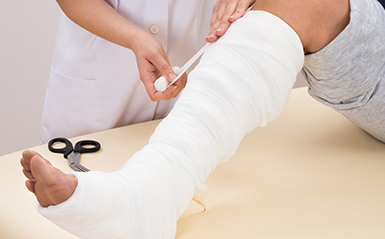
Varicose vein may occur from trauma, and it is important to check the exact history of trauma.
-
Occupation

Occupations of standing for long period of time, handling heavy load, and sitting down for long period of time will increase the pressure on the leg veins to occur with varicose vein.
-
Clothes
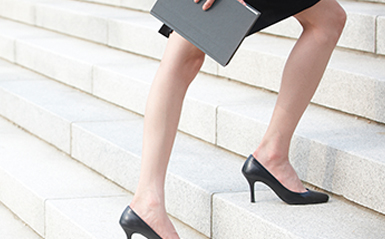
Wearing girdle or corset, skinny jeans or stocking that apply excessive pressure can make varicose vein to become worse.
-
Unknown Cases
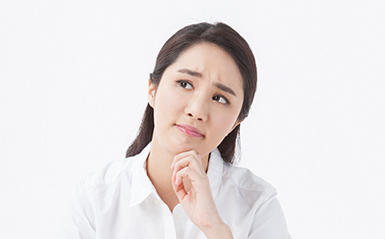
There can be varicose vein from unknown causes.
Secondary Varicose Vein
Abnormal Deep Vein

Deep vein thrombosis is a disease where thrombus (blood clot) is occurred on the deep vein to block the vein, and it is a serious disease that can cause serious complication if not treated immediately.

The deep veins on the legs occupy approximately 95% of the overall functions of the leg veins, so the venous circulation must be enabled through another bypass if they are blocked. Therefore, a great amount of venous blood flows through the superficial veins to occur with varicose vein, and this is referred to as the secondary varicose vein due to the primary cause of varicose vein from deep vein closure. In this case, surgery on varicose vein can block the sole circulatory passage of the leg veins to be in a very dangerous situation. Therefore, surgery must be decided very carefully for secondary varicose vein. The diagnosis of deep vein occlusion can be enabled through the ultrasonic inspection, and the diagnosis from a thoracic & cardiovascular surgeon with many years of experience is important.
What are the symptoms on severe varicose vein?
When left untreated for long period of time, there can be complications such as skin pigmentation, ulcer of lower limb, dermatitis, etc.
-

Skin Inflammation
-
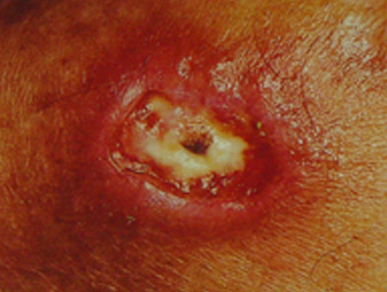
Ulcer (Groove on the Skin)
-
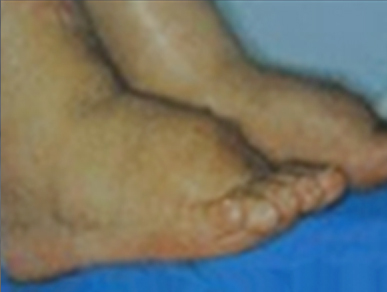
Edema (Leg Swelling)

Consultation Hours Guide
9:30 a.m. ~ 6:00 p.m.
Saturday
9:30 a.m. ~ 3:30 p.m.
Lunch Break
1:00 p.m. ~ 2:00 p.m.
※ There is no lunch break on Saturdays.
Affiliated Hospitals











